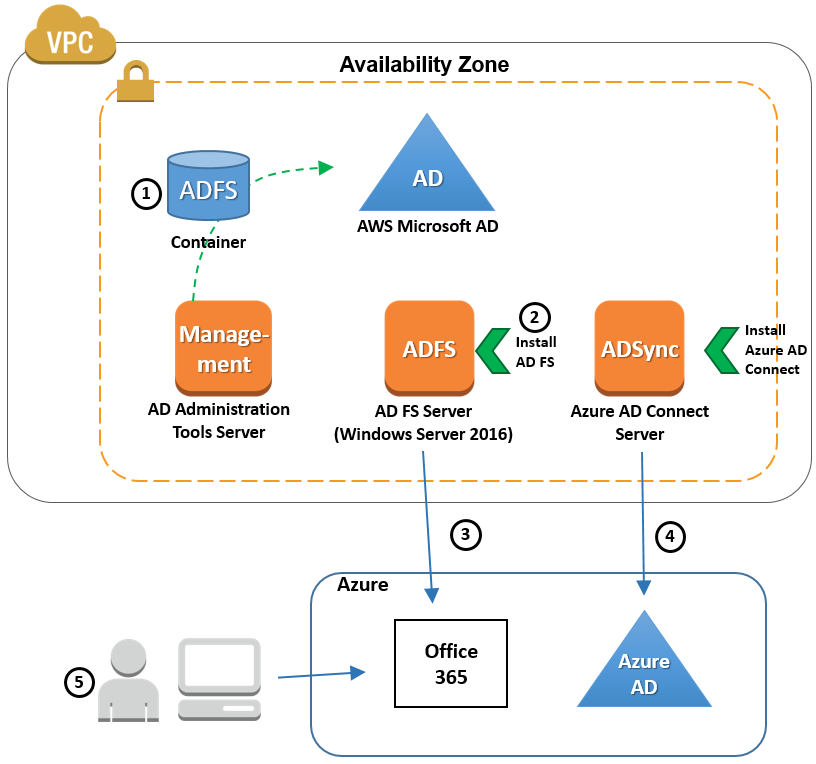


That’s why multi-factor authentication claims that originate on-premises are not trusted for all purposes (e.g. When the federation solution offers multi-factor authentication and passes the corresponding claims in the claims token for the end-user, Azure AD trusts that multi-factor authentication was performed. When using federation, the organization is in full control of the end-user’s authentication.When using federation (without PHS as additional measure) Azure AD Identity Protection cannot detect password leaks in breaches where the organization’s end-users’ credentials are leaked.When this knowledge and/or experience is absent, the federation solution may provide an attack vector to attackers to gain access to the on-premises environment(s) and/or the cloud environment(s). Federation solutions typically require specialist knowledge and experience to implement, maintain, migrate and decommission.Not all organizations have the maturity to managed federation solutions well. Monitoring, continuity, security, governance and reporting processes are dictated by the size and maturity of the organization. The federation solution is typically hosted, owned and operated by the organization.Federation solutions typically have the following cons, that can be translated into identity protection dangers: Dangers when federatingĪll three models have their pros and cons. When federating, end-users who access Microsoft 365 services, Azure AD-integrated apps, services, and systems and Azure AD itself, are redirected by Azure AD to authenticate with a federation solution that is hosted, owned, and operated by the organization.Īzure AD Connect, Microsoft’s free tool to setup these configurations, supports AD FS and PingFederate as federation solutions. Pass-through Authentication (PTA) with either Seamless Single Sign-on or (Hybrid) Azure AD-joined devices.

Password Hash Synchronization (PHS) with either Seamless Single Sign-on or (Hybrid) Azure AD-joined devices.Microsoft offers three ways to provide single sign-on for end-users between Active Directory and Azure AD: So, I’ll stick with this setup to explain what the new setting does, how it coexists with an existing setting that promised to do the same, and how to configure it. In most cases, organizations who have federated one or more DNS domains with Microsoft 365 (and thus Azure AD) use AD FS to host the ‘Microsoft Office 365 Identity Platform’ relying party trust. Last month, Microsoft introduced a new setting in Azure AD to protect against by-passing of Azure MFA for organizations who have federated between Azure AD and their on-premises environment.


 0 kommentar(er)
0 kommentar(er)
